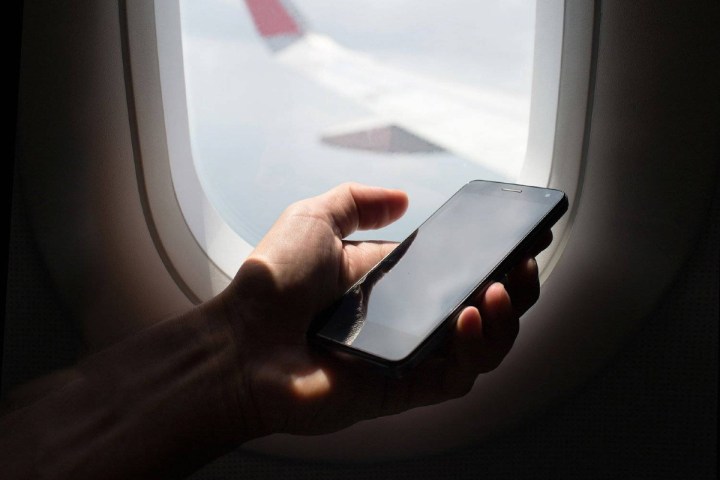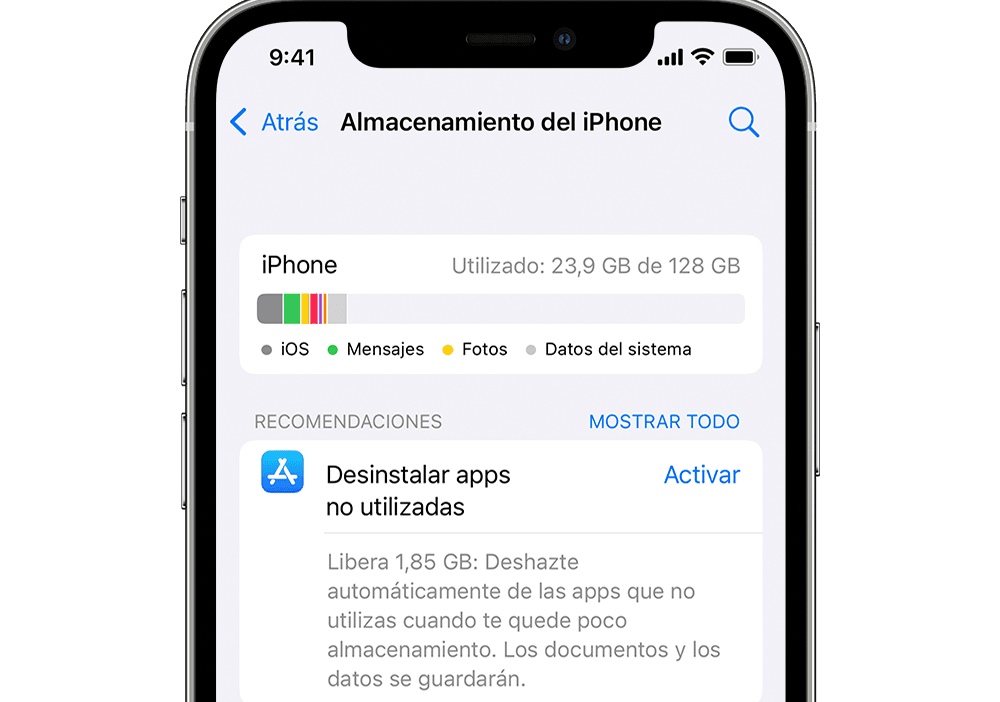When you are preparing for an international trip, you telephone It’s one of the most important tools you’ll carry with you. Not only will you need it to stay in touch with loved ones and take photos, but you’ll also need it to use apps that help you get around, communicate, and organize your stay. To make sure your device is ready for any situation you might encounter while abroad, here’s a look five important things what should you do before leaving.
Prepare your SIM card for use abroad
Using your device’s SIM card in another country can be costly if you don’t take the necessary precautions. International roaming rates are often high, and if you’re not careful, you could end up with a hefty bill. For example, some carriers charge up to $2.99 per minute for calls and $2.05 per MB of data used abroad. So watching high-definition videos could cost you a fortune.
To avoid any nasty surprises, the first thing you should do is check whether your current plan includes international roaming benefits. Contact your carrier to get this information. If your plan is limited to domestic use, consider purchasing an international plan that will allow you to text, call, and use data without putting a big dent in your wallet. Additionally, if your plan includes roaming benefits but comes with limitations like a low data cap or reduced speeds, you can add an additional roaming pass to your account. Most carriers make it easy to do this from their website or by calling customer service.
Check your phone’s compatibility with local SIM cards.

Using a local SIM card when travelling abroad can be a great way to stay connected without paying high roaming fees. However, it’s important to make sure your phone is compatible with SIM cards in the country you’re visiting. This includes checking whether your device is unlocked (i.e. can be used with any carrier) and, if you prefer to use an eSIM, whether your phone is compatible with them.
To check if your iPhone is unlocked, go to Configuration > General > Information and find the section Operator restrictions. If you see “Unlimited SIM Card” your iPhone is unlocked. On Android, you can turn off automatic network selection in Settings > Connections > Mobile networks > Network operators > Automatically select. If you see a list of available networks, your phone is probably unlocked. If not, you will need to contact your provider to unlock it, following the requirements they specify.
As for eSIM support, you can check it on your iPhone at Configuration > Mobile data. You have to see the opportunity Add eSIM. On Android, search for “eSIM” in SettingsOnce you’re in the country you’re visiting, you can usually buy a physical SIM card at the airport or find out which local operators offer eSIM and purchase one from their websites.
Temporarily disable mobile data services

If you prefer to avoid high mobile data charges, you can temporarily disable these services on your phone. The easiest way to do this is to turn off data roaming. On an iPhone, you can do this by going to Configuration > Mobile data and deactivation of the option data roamingOn Android devices, you can find this option by searching for “data roaming” in the device search bar. Settings;When you see this, turn it off.
Another option is to enable Airplane Mode, which will prevent your phone from accidentally using mobile data. Even with Airplane Mode enabled, you can continue to connect to available Wi-Fi networks at your destination, such as your hotel, or even consider purchasing a portable Wi-Fi hotspot with international coverage to stay connected at all times.
If you want to be 100% sure that you won’t be using mobile data, you can remove the physical SIM card from your phone and keep it in a safe place until you get home. If you use an eSIM, you won’t be able to remove it, but you can turn off the data roaming option and turn on airplane mode to avoid unwanted charges.
Check your phone’s storage capacity

There’s nothing more frustrating than trying to capture a special moment while traveling and having your phone warn you that you don’t have enough storage space. To avoid this, it’s important to check the amount of storage available on your device before you leave home.
On iPhone, go to Configuration > General > iPhone Storage to see a breakdown of used and available space. On Android, you can do the same by searching for “storage” in the settings search bar. If you find that you’re low on space, consider deleting unused apps, moving photos and videos to a computer, external or cloud storage, or purchasing additional storage if your device allows it.
Activate the Find My Device service

One of the biggest fears when traveling is losing your phone. That’s why it’s important to activate the Find My Device service before you leave. This service will allow you to track the location of your mobile phone if it’s lost or stolen.
On iPhone, go to Configuration > [Tu nombre] > Search > Find my iPhone and activate it. You can also activate the option Search network track your phone even when it’s turned off or offline. On Android, turn on Location In the quick settings, find “Find my device” in Settings and activate the option.
If you lose your mobile phone after activating Location Services, you can find it by signing in to Apple or Google Search and using the account associated with your device.
Taking these precautions on your phone before traveling abroad can make the difference between a relaxing vacation and a stressful experience. If your device is properly prepared, you can enjoy your trip without worrying about technical issues.
Source: Digital Trends












